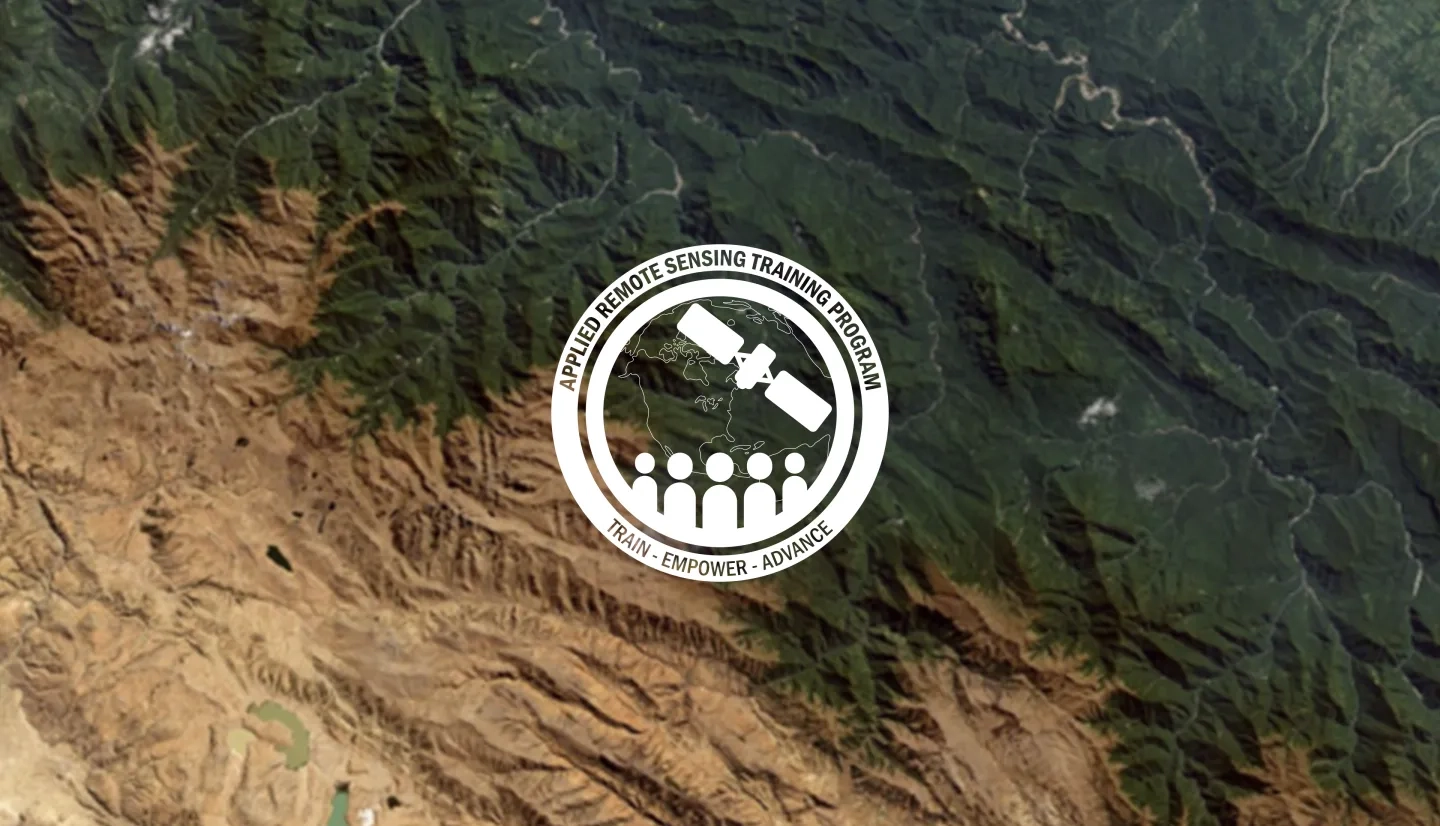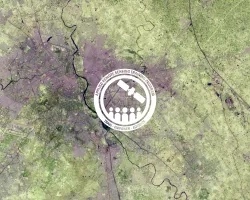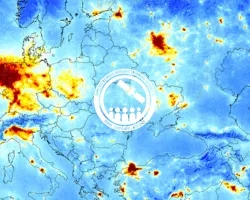Description
Indigenous territories are threatened by fires, illegal logging, mining, and other external land use activities. The sustainable management of such land, most effectively stewarded by indigenous peoples, is critical for mitigating greenhouse gas emissions, increasing resilience to climate change, conserving biodiversity, and protecting the heritage of indigenous cultures.
Earth Observations for Indigenous-led Land Management (EO4IM) is a NASA-funded project implemented by a team from Conservation International (CI) and is aligned with the AmeriGEOSS program of the Group on Earth Observations (GEO) and the Dedicated Grant Mechanism (DGM) for Indigenous Peoples and Local Communities. The project's objective is to strengthen the technical capacities of indigenous peoples' organizations in the Americas and globally through alignment with the DGM.
This introductory webinar series will share lectures, case studies, and demonstrations with representatives of indigenous peoples' organizations and will focus on how Earth observations (EO) data and tools can provide spatial information for forest monitoring, mapping, and responding to ecosystem threats. This series will help attendees strengthen their technical capacities to use EO data and tools to enhance their sustainable land management practices.
By the end of this training, attendees will be able to:
- Describe the basic concepts of remote sensing, satellite sensors, and image interpretation relevant to sustainable land management
- Name the satellite data and mapping tools available to inform sustainable land management decisions such as mapping traditional ecological knowledge, cultural heritage, forest monitoring, and fire management
- Access data portals, web tools, software, mobile apps, and systems for early warning and alerts
Indigenous peoples’ organizations and local and regional organizations focused on sustainable land management, mapping, forest monitoring, and enforcement activities.
- One 90-minute session and two 1-hour sessions
This session will provide an introduction to mapping and GIS principles. It will also feature applications of GPS, participatory mapping, participatory GIS, and drones through case studies in Peru, Ecuador, and Brazil.
Materials:
This session will provide an overview of remote sensing concepts, the history of remote sensing for land management, and current technologies. Featured portals will include the Landsat View app, open-source tools for image analysis, QGIS, and resources for further information and training.
Materials:
The final session will include case studies and demonstrations of early warning and forest disturbance alert systems, such as FIRECAST, MAPP, GLAD alerts, and mobile applications.
Materials:



